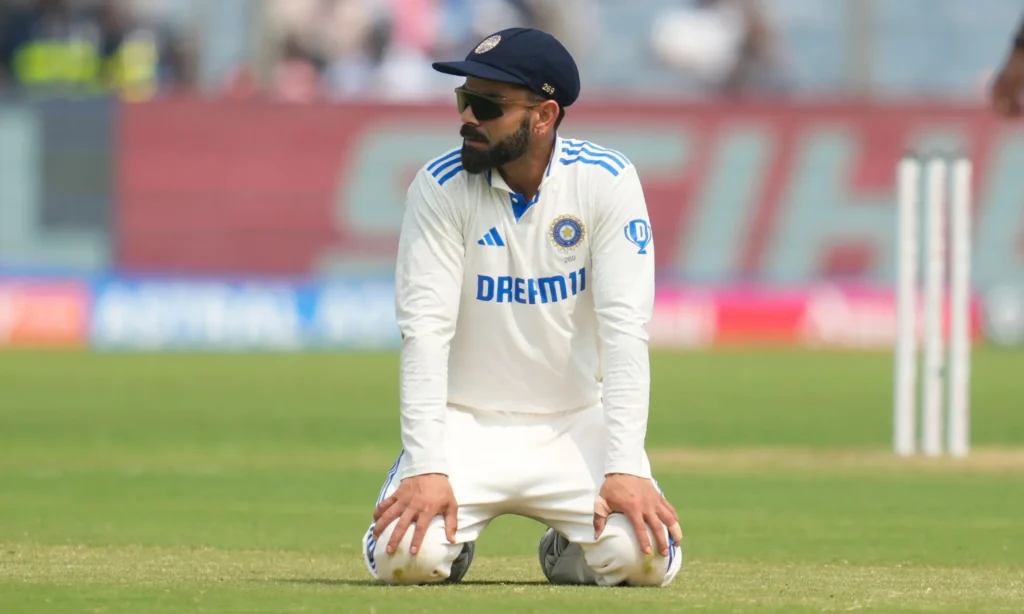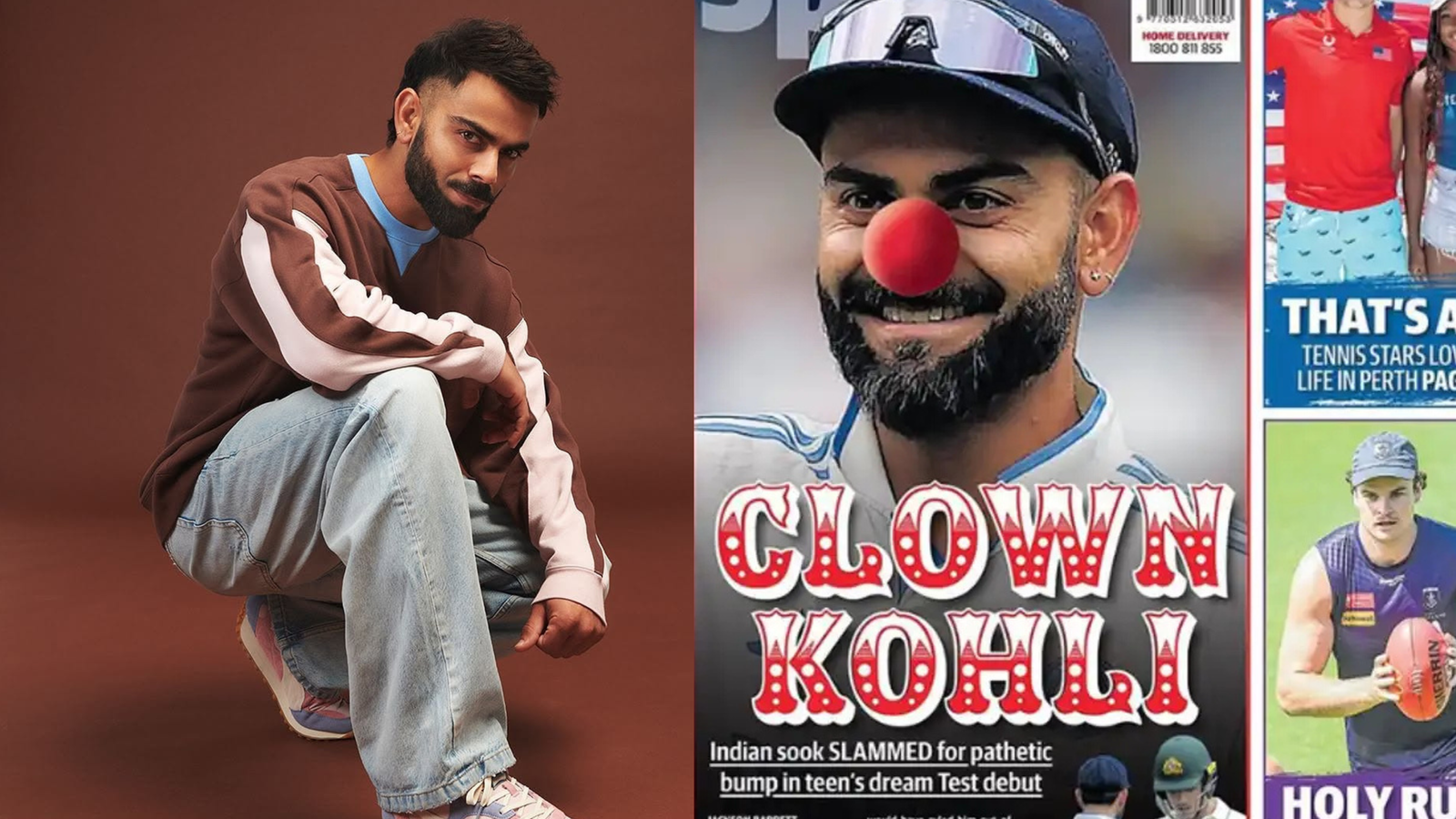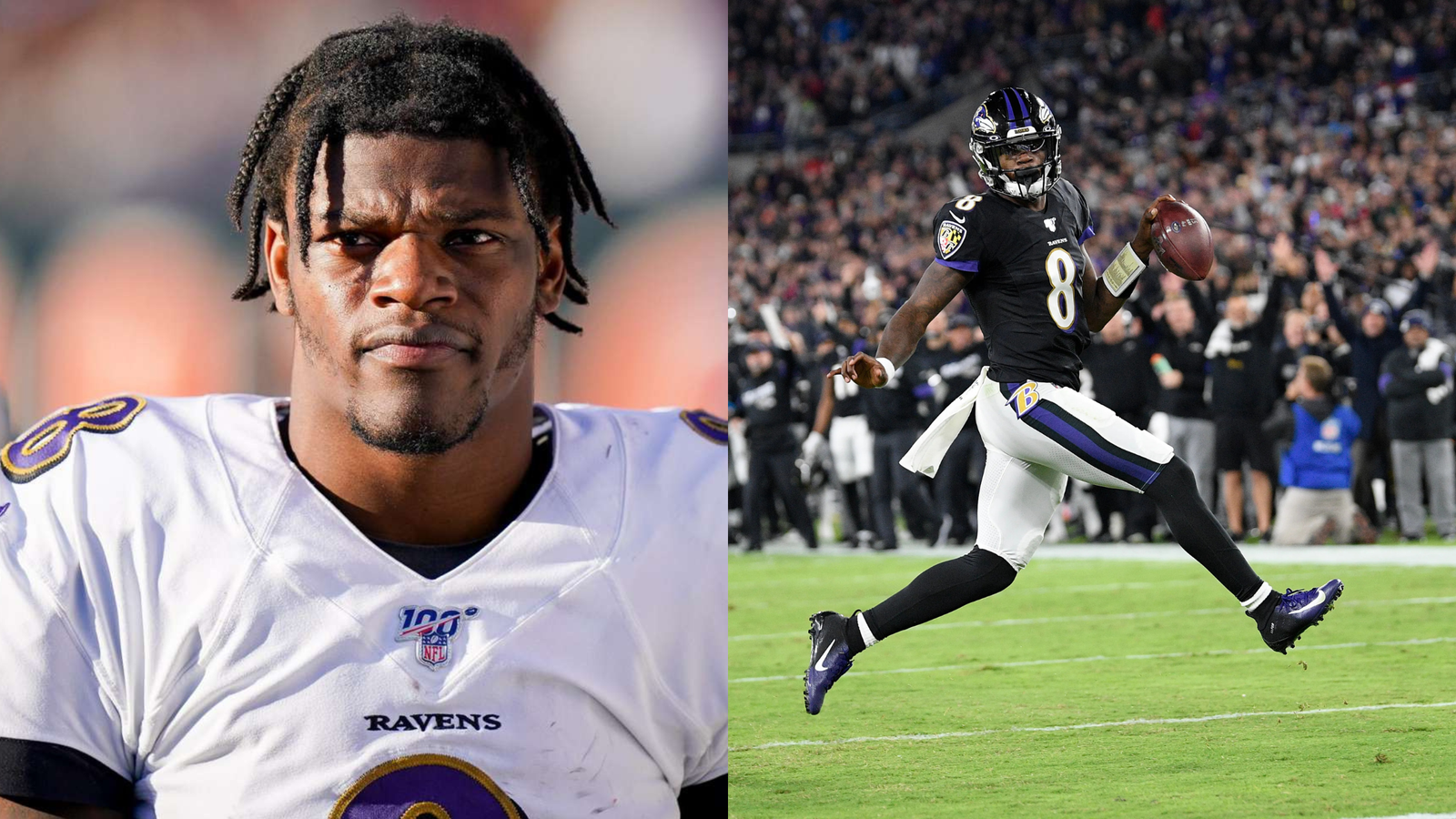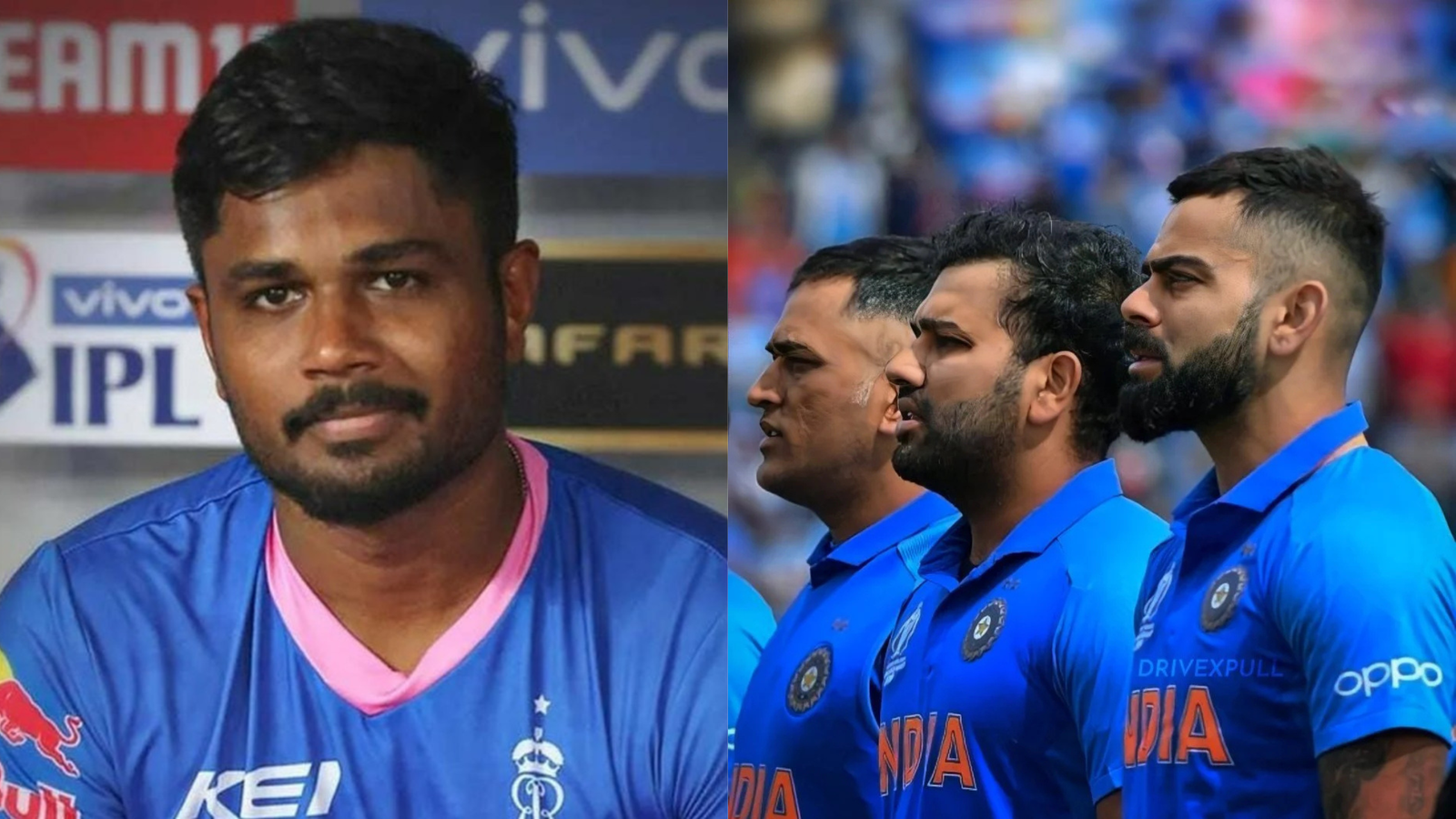Virat Kohli Branded “Clown” by Australian Media
In a highly contentious moment during the 4th Test match between India and Australia in Melbourne, former Indian captain Virat Kohli found himself at the center of a heated debate. The incident occurred when Kohli seemingly bumped shoulders with Australian debutant Sam Konstas during the first day’s play. While the International Cricket Council (ICC) match referee Andy Pycroft announced a penalty of a 20% match fee fine and one demerit point for Kohli, the Australian media took a more critical stance, labeling the Indian cricket star a “clown.”

The altercation quickly became the focal point of discussions both on and off the field. Kohli’s act of shoulder contact with the 19-year-old opener sparked outrage, with some calling for stricter action, including a potential suspension. Despite these demands, the ICC’s decision was limited to monetary and disciplinary penalties. However, Australian media seemed far from satisfied. On Friday morning, The West Australian ran a headline that read “Clown Kohli,” further fueling the controversy. The paper even went on to label the 36-year-old cricketer as a “sook,” an Australian slang term for a crybaby or coward.
Australian Media Criticism Raises Eyebrows
The aggressive stance taken by Australian media against Kohli has sparked mixed reactions. While some fans and critics supported the media’s take, others accused them of sensationalism, arguing that such headlines are designed to increase newspaper sales. Social media also saw heated debates, with many pointing out that the media’s focus on Kohli overshadowed the impressive debut of Sam Konstas. The young Australian opener not only showcased resilience but also played an entertaining knock, scoring 34 of his 60 runs against Indian pace spearhead Jasprit Bumrah.
One Twitter user wrote, “Australian media choose to use ‘Clown Kohli’ instead of celebrating Sam Konstas’ debut. This is why Virat Kohli is a brand in Australia. Reason to increase the number of sales of newspapers.”
BCCI and Konstas React
BCCI President Roger Binny played down the altercation, emphasizing that such incidents are a part of the game. Speaking to ANI, he remarked, “I did not see the incident (Virat Kohli-Sam Konstas incident), but these things happen on the cricket ground. You have to accept it and carry on. See that the game goes on. That is important.”
Sam Konstas himself seemed unfazed by the controversy. Addressing the media in a post-day press conference, the debutant described the incident as accidental. “I was just adjusting my gloves, and I think he accidentally bumped me. But I think that is just cricket, just the tension,” Konstas stated.
A Heated Rivalry Rekindled
The Kohli-Konstas incident has once again highlighted the intensity of the India-Australia cricket rivalry. While altercations and heated moments are not new to the sport, the level of scrutiny Kohli faces is often unparalleled. Critics argue that his fiery temperament and on-field aggression make him a polarizing figure, attracting both admiration and criticism in equal measure.
Despite the backlash, Kohli remains a global icon in cricket. His ability to draw headlines—be it for his performances or controversies—underscores his stature in the game. This incident is unlikely to dent his reputation, though it does add another chapter to his long history of on-field clashes.
Looking Ahead
As the series continues, the focus will undoubtedly shift back to the performances on the field. Both teams have displayed tremendous skill and determination throughout the series, and moments like these only add to the drama. For young players like Sam Konstas, this experience serves as a baptism by fire, and for seasoned campaigners like Virat Kohli, it’s another reminder of the microscope under which they play.
In the end, cricket fans hope that the rest of the series will be remembered for the quality of play rather than off-field controversies. Until then, the debate over whether the Australian media’s criticism of Kohli was fair or excessive is likely to continue.




